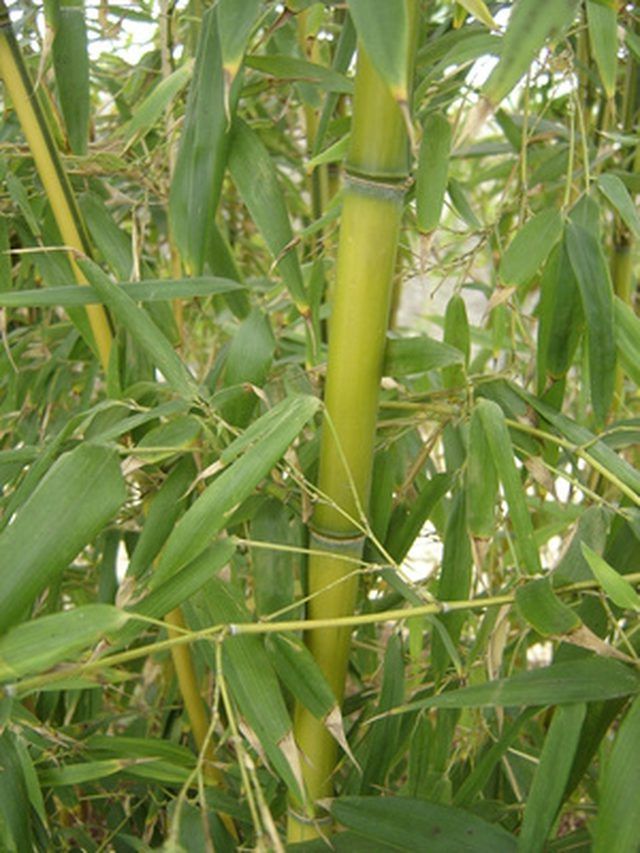Bulbs
Flower Basics
Flower Beds & Specialty Gardens
Flower Garden
Garden Furniture
Garden Gnomes
Garden Seeds
Garden Sheds
Garden Statues
Garden Tools & Supplies
Gardening Basics
Green & Organic
Groundcovers & Vines
Growing Annuals
Growing Basil
Growing Beans
Growing Berries
Growing Blueberries
Growing Cactus
Growing Corn
Growing Cotton
Growing Edibles
Growing Flowers
Growing Garlic
Growing Grapes
Growing Grass
Growing Herbs
Growing Jasmine
Growing Mint
Growing Mushrooms
Orchids
Growing Peanuts
Growing Perennials
Growing Plants
Growing Rosemary
Growing Roses
Growing Strawberries
Growing Sunflowers
Growing Thyme
Growing Tomatoes
Growing Tulips
Growing Vegetables
Herb Basics
Herb Garden
Indoor Growing
Landscaping Basics
Landscaping Patios
Landscaping Plants
Landscaping Shrubs
Landscaping Trees
Landscaping Walks & Pathways
Lawn Basics
Lawn Maintenance
Lawn Mowers
Lawn Ornaments
Lawn Planting
Lawn Tools
Outdoor Growing
Overall Landscape Planning
Pests, Weeds & Problems
Plant Basics
Rock Garden
Rose Garden
Shrubs
Soil
Specialty Gardens
Trees
Vegetable Garden
Yard Maintenance
Bamboo Tree Information
Bamboo Tree Information. Though sometimes thought of as a tree, bamboo belongs to the grass family of plants. It possesses the characteristic hollow stem of the grass family, and it is known for its prolific growth. It comes from East Asia and Southeast Asia where it is used as a building material and its shoots used as food. There are over 1200...

Though sometimes thought of as a tree, bamboo belongs to the grass family of plants. It possesses the characteristic hollow stem of the grass family, and it is known for its prolific growth. It comes from East Asia and Southeast Asia where it is used as a building material and its shoots used as food. There are over 1200 varieties of bamboo. Cultivation of bamboo requires knowledge of its specific needs and problems.
About Bamboo
Bamboo is the largest grass in the world. It grows in colonies, and reproduces by throwing shoots the following year that will turn into a cane with leave within 60 days. The plant has an attractive appearance as is often used in landscaping for windbreaks and privacy screens. Some varieties are cold hardy, others are tropical.
Types of Bamboo
There are many different kinds of bamboo. It is often difficult to classify them as bamboo can flower only every 20 to 120 years, and the flower is the easiest way to classify the type. There are running varieties of bamboo that spread quickly and broadly and can become a problem in limited areas, and clumping bamboo which is less likely to spread but can still invade other garden areas. Finding the right bamboo for your use is important in keeping the plants under control.
Planting Bamboo
Bamboo should be planted in an area with acidic, loamy soil and full sun, according to AmericanBamboo.org. Organic material like compost can be worked into the soil to improve the condition. There should be no pockets around the rootball. Plant 1 or 2 inches below the grade. A small moat dug around the plant will help with initial watering and fertilizing. Space close together for a windbreak effect, further apart for privacy, but no closer than 4 feet apart. Mulching is recommended.
Maintaining Bamboo Trees
After the second summer of growth, some thinning of the plants should be done, removing the oldest canes, but taking no more than 1/3 of the total clump's mass. Drop irrigation is the best method for watering bamboo. Quick release fertilizer with nitrogen ratio of no more than 10 can be started in April and re-applied every 4 to 6 weeks.
Controlling Spread of Bamboo Trees
Some varieties of bamboo will spread wildly unless a "barrier" is planted to control the spread of rhizomes that root in the top few inches of soil. Setting this "barrier" should set about 30 inches deep to prevent the rhizomes from growing underneath it. A cheaper and easier method is to dig an 8- to 10-inch trench around the plants to prevent spreading and simply cut any rhizomes that try to cross the trench.